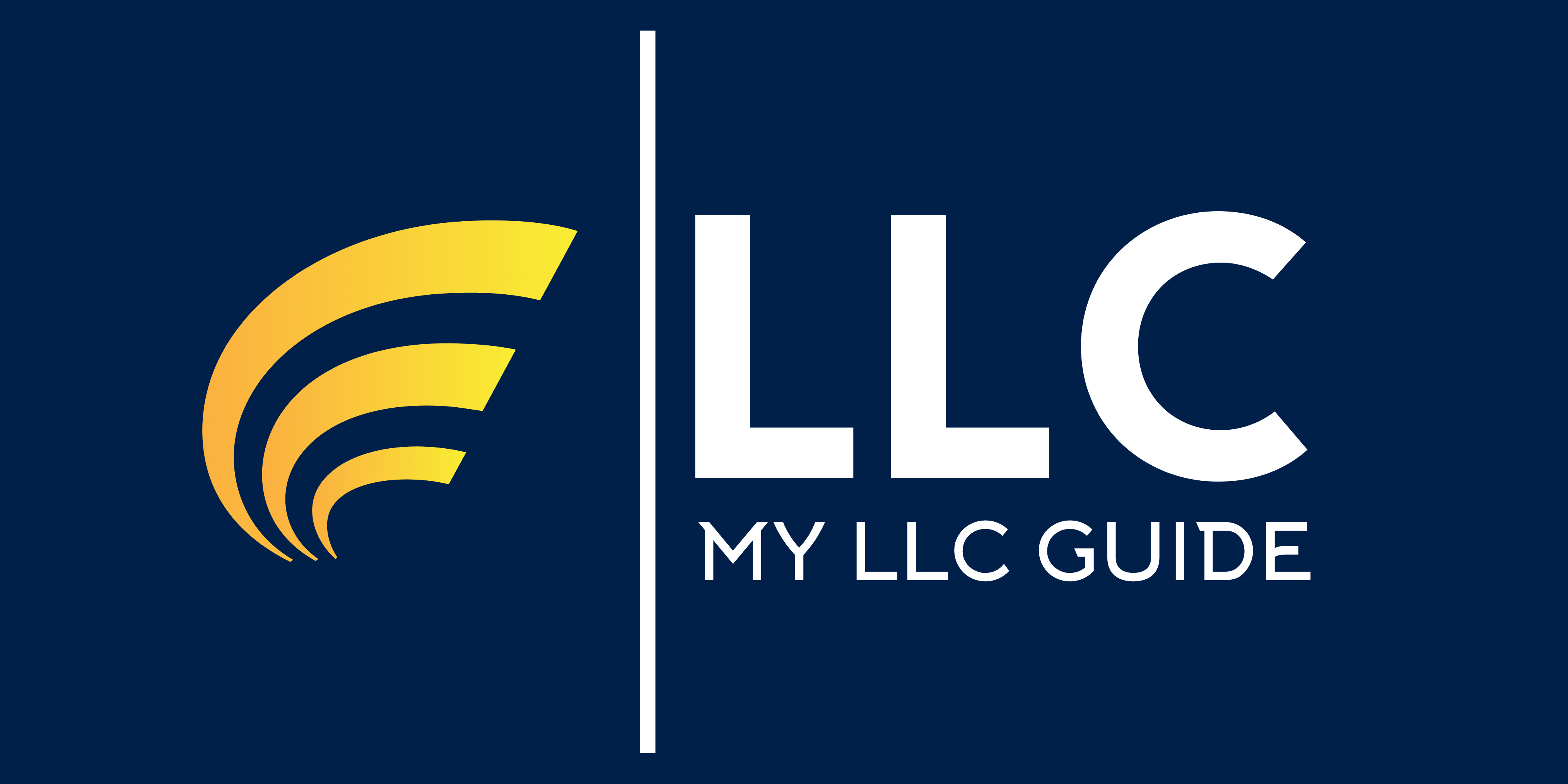
What are the key security features of a high security check? Checks are widely used by individuals and businesses as a method of payment. However, they are a popular target for fraud and counterfeiting activities. To combat this risk, high security checks have been developed to include advanced features that make them difficult to copy or alter. Below we cover everything you need to know about the Security Features of High Security Checks.
Informational Purposes Only
This article is for informational purposes only and does not constitute legal or tax advice. You should consult with a licensed professional regarding your specific business needs. For more see our full disclaimer page.
High Security Check Paper Security Features
High security check paper was first introduced in the 1980s to combat rising check fraud. Since then, check security features have come a long way. Today, these checks contain highly sophisticated safeguards that protect your finances by making it incredibly difficult to copy or alter the check in any way. Let’s take a look at each of the design features high security checks use to counter the threat of fraud.
Security Inks
One of the most prominent security features of a high security check is the use of security ink. Security ink is a special type of ink that is difficult to replicate, copy, or alter. It is often used to complete the check signature, payment amount, and MICR (Magnetic Ink Character Recognition) line. The ink reacts to any attempts to alter or erase it.
• Thermochromic Ink
Thermochromic ink is one of the more popular types of ink used. This ink changes color when exposed to heat. Fraudsters often use heat to alter the data on a check. However, any attempt to erase thermochromic ink using heat will be clearly visible as a color change.
• Toner Adhesion
Another protective feature of the ink used on high security checks is toner adhesion. This practice uses a special printing method that strongly binds the ink toner to the check paper. Toner adhesion makes it very difficult to remove or alter characters that are printed on the check. And, attempts to do so will be clearly noticeable.
Watermarks
Another great security feature of a high security check is the use of complex watermarks. A watermark is a pattern or image that is embedded into the paper of the check. It can only be viewed when the check is held up to the light.
Watermarks are difficult to replicate and cannot be reproduced by printers or scanners. They are one of the most popular check security features in use today. They can be used to quickly and easily validate the authenticity of a check
Complex Holograms
High security checks use complex foil holograms to combat duplication. These three-dimensional images are added to checks using laser technology. The best check holograms use dimensional foil, multiple colors, and are embedded with security features that cannot be replicated by printers or scanners. They are incredibly difficult to reproduce and highly effective at combating fraud. For more, check out – What Is High Security Hologram Check Paper?

Microprint
The use of microprint is another key player in the list of check security features in use today. Microprinting involves adding text or images to the check that are too small to read without magnification. In high security checks, microprint is commonly placed on the check border and in the signature line. It is very difficult to copy and effectively deters check duplication.
RELATED
Void Pantographs
A void pantograph is a feature printed on high security check paper that appears as a solid line when viewed normally. However, if the check is copied or scanned it appears as the word void. Void pantographs prevent duplication of high security checks on using any regular printer or scanning device. They make it much harder to reproduce for potential fraudsters. And, keep your business safe.
Complex Background Colors
High security checks use combinations of complex background colors to make it more difficult to reproduce the check. The intricate colors and patterns used are difficult to copy and complicate the job of a potential thief.
A spectrum of blue, green, tan, and maroon are used that are difficult to replicate using standard printers and scanners. This check security feature makes it easy to visually differentiate between a genuine bank check and counterfeited copy.
High-Resolution Borders
High-resolution borders are used in high security checks to make them more difficult to copy and easier to identify. These borders incorporate complex patterns and colors that require specialized printing equipment to produce. They also make it more difficult to tamper with the check by creating a clearly defined document edge. If the border edges are adjusted it will be very challenging to repair them to their original state.
Chemical Wash Detection
Chemical washing is a technique used by fraudsters to remove and alter data on a bank check. They use chemicals such as solvents to rinse ink from the check surface and replace it with fraudulent entries. And, chemical wash detection is a check security feature that has been designed specifically to detect this activity.
High security check paper contains a special chemical on the surface of the check. This chemical has been designed to react with the solvents and bleaches used to rinse checks. If a solvent is used in an attempt to rinse the check a chemical reaction takes place and the check becomes spoiled with clear visible marks alerting an attempt to chemically wash the check has taken place.
Fluorescent UV Lock
Another popular security feature of high security checks is the use of a fluorescent lock that is only visible when viewed using UV (ultra-violet) light. The lock is printed on the check surface using special ink and is invisible to the human eye. To verify the check a bank teller can wave a UV pen over the area and examine the lock. For added security, the locks are often printed using complex patterns that are difficult to reproduce.
Sequential Check Numbering
Sequential numbering is another key security feature of high security checks. It’s easy to implement and plays a central role in protecting against check duplication. It works by assigning sequential numbers to checks in a series.
This helps protect against check fraud as the bank observes a pattern as checks are written and cashed. Sequential check numbering often includes additional information such as a location and date code. This reinforces the audit trail and helps flag attempts of forgery and duplication.
Visible Fluorescent Fibers
Visible fluorescent fibers are another effective security feature. This measure involves embedding clearly visible fibers into the paper of the check. It provides an easy visual reference for the bank teller and is a difficult feature to replicate in check fraud. The fibers are typically colored and arranged in a complex pattern that is difficult to reproduce. That leads us nicely to the next security measure – invisible fluorescent fibers.
Invisible Fluorescent Fibers
Invisible fluorescent fibers operate in a similar manner to visible fibers – except they are invisible to the human eye. These fibers are embedded in the paper of the check and are viable only when a UV light is shone on the check. Bank tellers use a UV penlight to verify the presence of invisible fluorescent fibers. It is a highly effective security measure as it is difficult to detect, deters check fraud, and allows counterfeit checks to be easily identified.
Padlock Icon
The padlock icon on a high security check indicates that the check has been issued with advanced security features to prevent duplication and alteration. It alerts the observer that they are handling a high security check and is a visual deterrent against fraud. The padlock symbol is used to declare that the check meets industry security standards such as certification by the Check Payment Systems Association.
Security Warning Box
Many secure bank checks contain a security warning box. This is an area on the check that contains text warning the recipient that the check contains advanced security features that should be checked and verified before payment is issued. The aim of a security warning box is to inform the check recipient of the anti-fraud protections present in the check. The warning box typically contains information on the steps the recipient should take if they suspect the check is fraudulent, such as the issuing bank’s contact details.
Security Warning Border
Last on our list of check security features is the check warning border. A warning border works in the same way as a warning box. However, instead of placing the security warning in a designated box – the warning is printed in security ink along the border of the check.
The warning alerts the recipient that the check contains advanced security features that should be verified before it is accepted as payment. Like a warning box, its goal is to increase awareness surrounding the use and verification of security checks.
RELATED
- What Are High Security Checks?
- High Security Checks Pros & Cons
- Are High Security Checks Worth It?
- What Are Laser Checks?
How Does a High Security Check Work
High security checks work in a similar way to regular checks – except they have a much more effective review and approval process. This involves checking the security features of the check to make sure it has not been duplicated or altered in any way. This altered workflow is highly effective at deterring check fraud and protecting finances. Let’s take a closer look at how a high security check works.

1: Writing the Check
The individual or business issuing the check writes or prints the check in a similar way as they would a regular check.
2: Cashing / Depositing
The payee takes the check to a check cashing or depositing facility and presents the check to the teller.
3: Verification
The facility will then begin the process of verifying the check is genuine. This involves checking the security features of the check to ensure they are all present and no signs of fraudulent activity can be observed.
4: Payment Approval
If the check is genuine payment is approved. The payee receives cash or deposits the funds in their account.
For a more detailed explanation, check out our full guide on How a High Security Check Works.
Check Security Features FAQ

What is the Difference Between a Regular Check and a High Security Check?
The difference between a regular check and a high security check is the level of security features that have been incorporated into the check to protect against fraud. A high security check contains more advanced security features compared to a regular check.
For example, a high security check typically has been designed using tamper-resistant security ink, complex holograms, chemical-wash detection, invisible fluorescent fibers, and a warning box. A regular check relies on more basic security features such as a watermark, microprinting, and a verifying signature.
Do High Security Checks Make a Difference?
Yes, high security checks make a difference by preventing fraud and protecting individual and business finances. They deliver a higher level of confidence and reassurance amongst people that issue and receive them. And, they help prevent reputational damage that can be caused in the event of check fraud.
What Makes a Check High Security?
The advanced security features incorporated into a high security check are what makes it high security. These protective features make it more difficult to counterfeit or alter the information on the check. They are an effective anti-fraud measure.
The most common security features found in a secure bank check are security ink, complex holograms, void pantographs, chemical-wash detection, invisible fluorescent fibers, and warning boxes.
What Does it Mean When a Check Has Security Features in the Paper?
When a check has security features in the paper, it means protective measures have been built into the check paper to deter fraud and counterfeiting activities. These measures include complex holograms, visible and invisible fluorescent fibers, and chemical-wash detection capability. Security features in the paper are an effective tool in the fight against check fraud.
READ NEXT

About the Author
Jason Roth: Editor in Chief
Jason is editor in chief at My LLC Guide. He holds a wealth of business management experience and has been advising companies on business formation issues for many years. Jason specializes in resource planning management, staff utilization, and productivity consulting.
He has worked predominantly in the west coast area where he graduated from the Marshall Business School at the University of South California. When he’s not working in his business advisory role, Jason likes to climb on his Indian Scout motorbike and enjoy the open road.